Phoenix VA : Electronic Daily Reminders Can Increase Home Telehealth Utilization
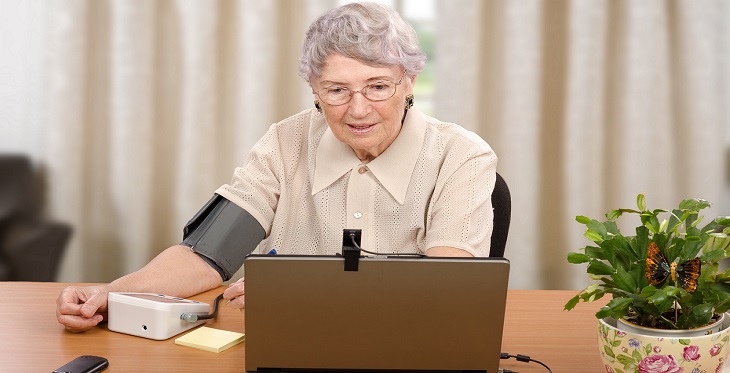


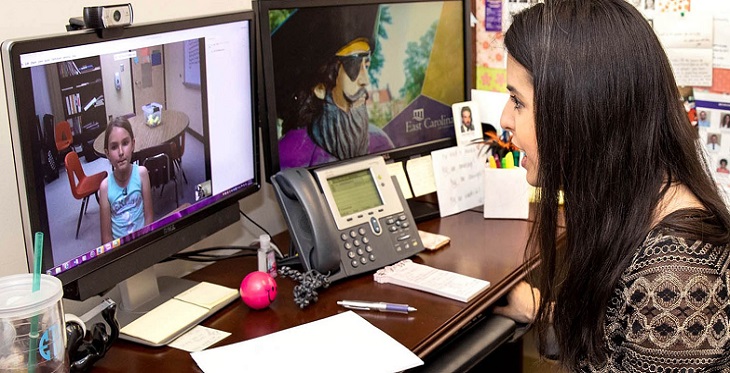
Gone are the days when telehealth services were associated with clinical settings only. In the new era of health technology, sick kids can now take virtual trips to the doctor while they are at school!Even as recently as a decade ago, school nurses would offer Band-Aids, administer aspirin, and babysit sick children until their parents picked them up for a doctor’s visit. Now, as telemedicine makes its way into various institutions and even households, more and more locations are turning into health centers. School-based telehealth is a major milestone in particular because it streamlines two spheres at once: it enables better access to healthcare, and helps dodge the considerable dent that poor health puts into a child’s educational experience.
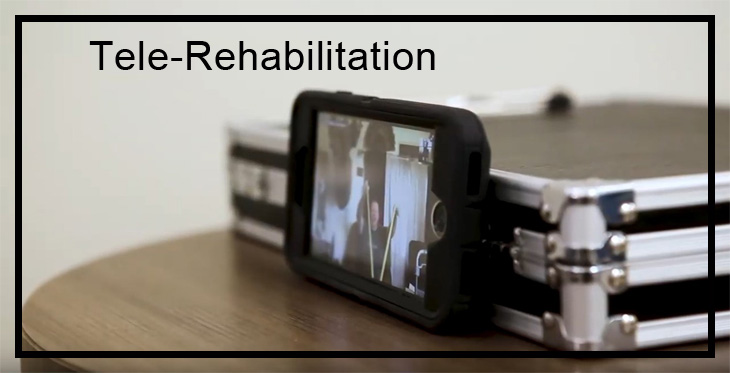
Dr. Valentin Rivish, Director of Telehealth, at the Phoenix Veterans Health Care System, has introduced a telehealth program that will enable Veterans in rehabilitation to continue their physical therapy in their own homes, while connecting with their V.A. health care providers. The program is called V.A. Video Connect.
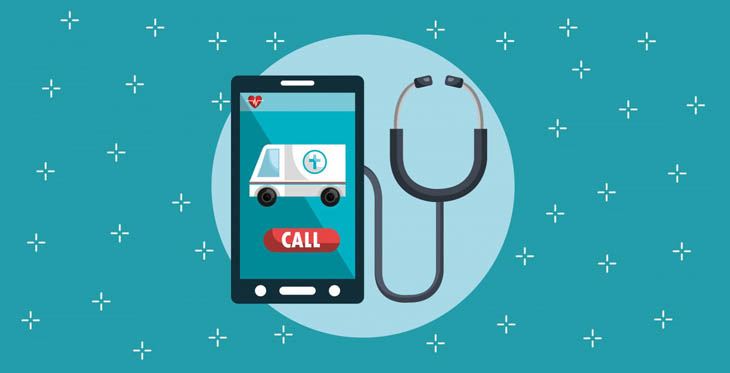
The healthcare industry seems to be booming by leaps and bounds – in good part due to Telemedicine app development. More and more organizations are seeking different ways, such as e-healthcare, to reduce costs and improve patient care. Being a subset of telehealth, telemedicine uses a broad range of modern technologies and specializes in providing medical services from a distance with the help of software and communication tools.

The idea of having seniors use the internet on a daily basis was something not a lot of people expected. However, as the years went by, even this group couldn’t stay immune to the addictiveness of modern-day technologies and the internet.
More and more, older people today own a smartphone, and for one or another reason, they choose to spend a portion of their time on the internet. How and why they use it are clearly demonstrated in a piece by MediaAlertHelp, which details some reasons for using internet-based health aids and helps us understand some reasons that drive seniors to use technology and the internet, and how they use it.
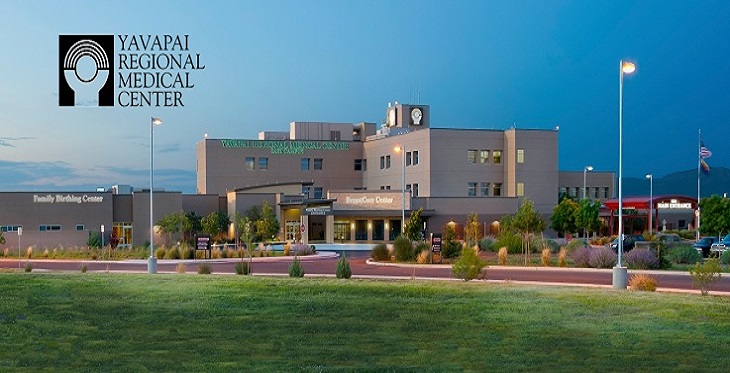
Telehealth has become a vital tool to deliver timely and effective medical care, particularly in rural areas. One hospital in Arizona, Yavapai Regional Medical Center (YRMC), is using telehealth to improve patient satisfaction and treat conditions that would otherwise need the services of a “big-city” hospital.

2018 had many successes in the telehealth arena – check out some of our past blogs for highlights! There is, however, still much to be accomplished, so looking forward we asked our colleagues around the country what they are looking forward to in 2019. We hope you find some inspiration, new directions and novel ideas in these thoughts to help guide your 2019 adventures in telehealth!
Elizabeth A Krupinski, Ph.D.
Co-Director, Southwest Telehealth Resource Center
The SWTRC is looking forward to watching trends in artificial intelligence (AI) and how it can not only impact Telehealth and healthcare in general, but how AI companies and investigators will effectively and efficiently integrate AI into the clinical information environment and workflow. Being embedded in an academic environment also provides us with some unique opportunities to partner on grants with others developing and expanding their Telehealth footprint, and the SWTRC looks forward to be a vital part of these grants and helping provide training and related Telehealth expertise.
Ronald S. Weinstein, MD, FCAP, FATA
Co-Director, Southwest Telehealth Resource Center
I'm looking forward to leveraging the vast potential that emerging 5G mobile cellular phone technologies promise to deliver to the health care industry. 5G delivers gigabit speeds, reduced latency, higher system capacity, and the massive device connectivity needed for optimizing personalized patient care. 5G networks will enable new classes of digital technologies aimed at improving treatment outcomes. Telehealth's "e-classrooms–of-the future" will promote greater patient participation in their personal healthcare teams while addressing, at the same time, the need for significant improvements in US population health literacy across the entire country.
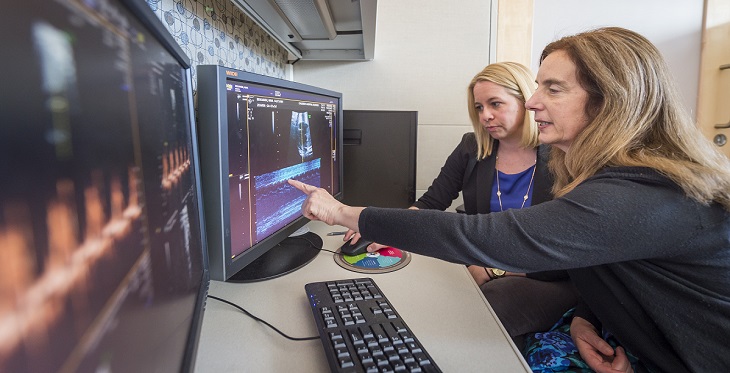
Children have long been recognized as a population with significant challenges accessing medical care, most notably due to a limited number of pediatric specialists who are concentrated at children’s hospitals in urban settings. And the very nature of face-to-face, traditional health care may place a disproportionate burden on low-income and rural based families.
This is particularly true in the large geographic region served by Children’s Hospital Colorado and the University of Colorado School of Medicine.

A great thing about America's Southwest is the diversity of its people. Although many cultures call it home, it truly is Indian Country. The Navajo Nation with over 300,000 population encompasses more than 27,000 square miles of the states of Arizona, New Mexico and Utah. Along with several other tribes and pueblos, they have a dominating presence. Many of us in healthcare deal with this wonderful group of people on a daily basis. My personal experiences with them have been very rewarding and enlightening. Over the years I have learned much and developed a high regard and respect for their way and philosophy of life.
It is fascinating how similar their beliefs are to many old world cultures and customs. It clearly is a testament to the universality of mankind.